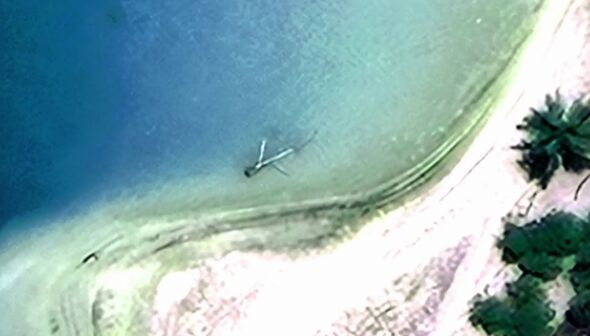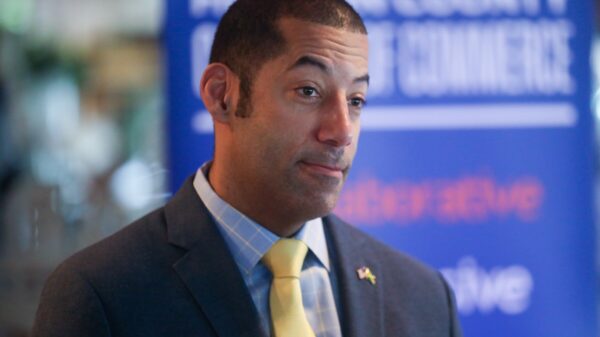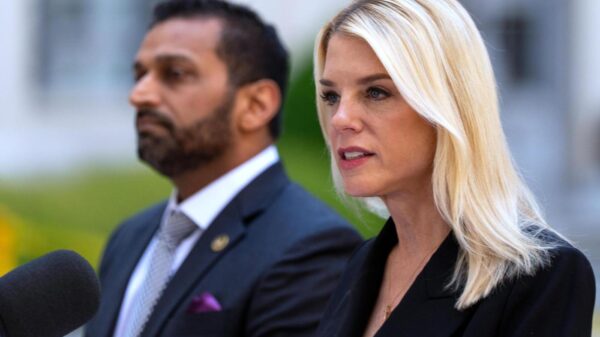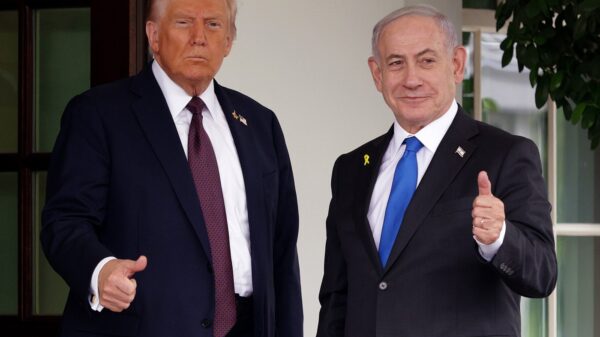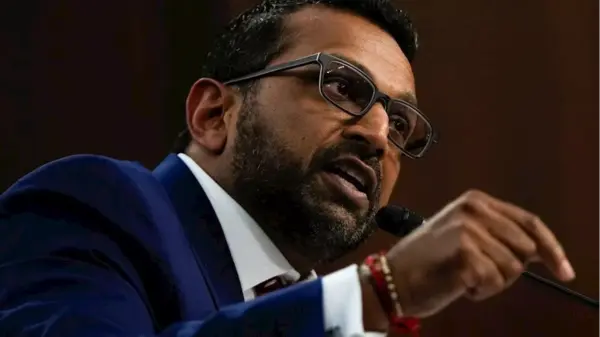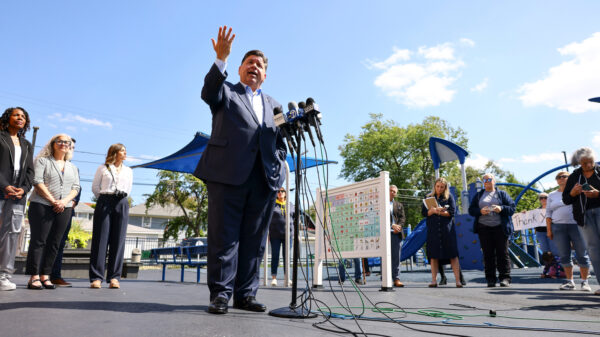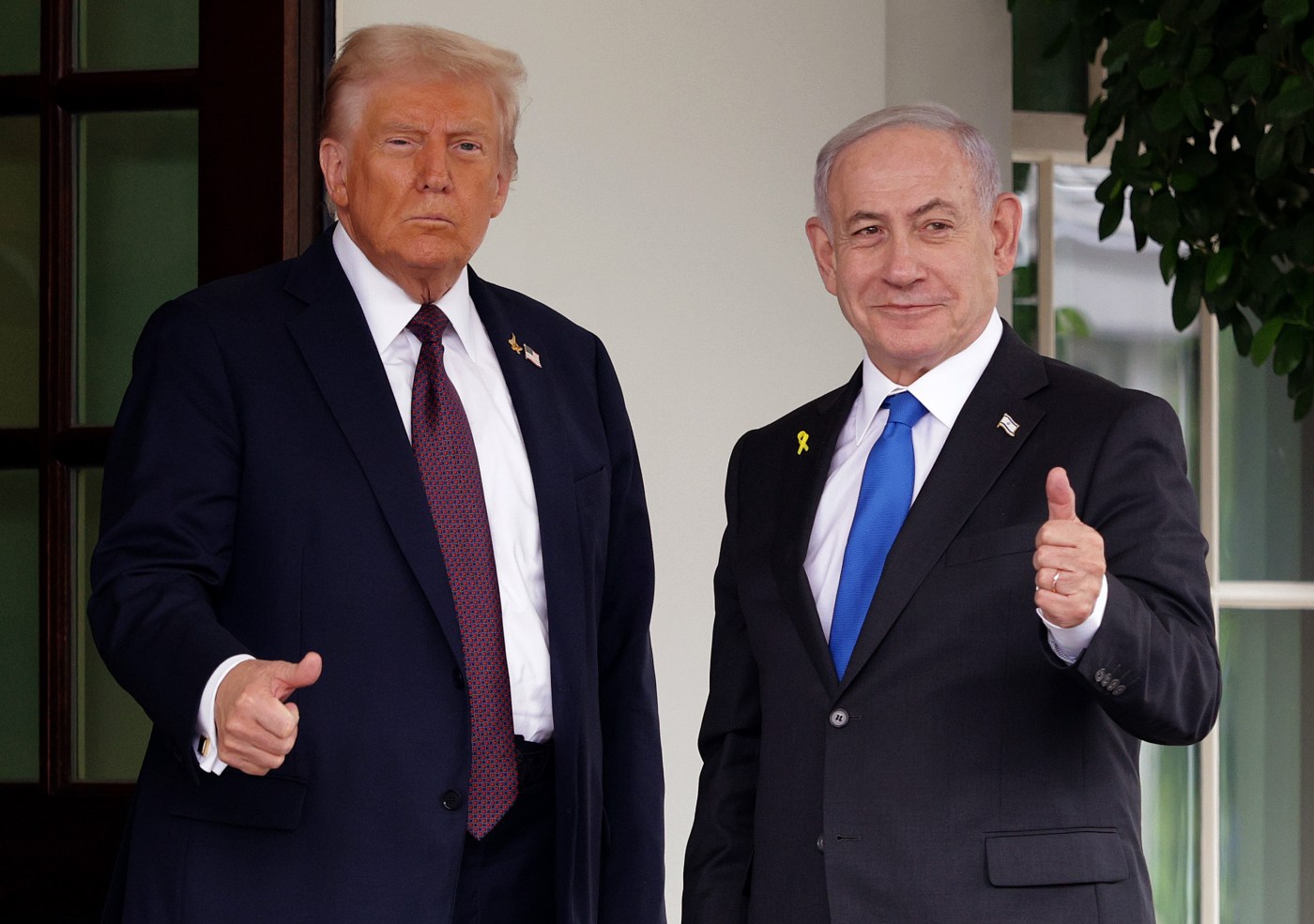As the two-year anniversary of the October 7, 2023, Hamas attack approaches, which resulted in significant casualties and a protracted conflict, discussions surrounding peace in the Gaza Strip have intensified. In a recent announcement, former President Donald J. Trump revealed a comprehensive 20-point peace plan aimed at re-establishing stability in the region and eliminating Hamas as a governing entity.
This plan has garnered support from key international players, including Israeli Prime Minister Bibi Netanyahu and several European and Arab countries. It outlines a clear path forward, contingent on the release of Israeli hostages and the cessation of hostilities in Gaza. There is hope that the remaining 48 hostages, whose fate remains uncertain, will soon be resolved.
Details of the Peace Plan
According to Trump, the peace initiative includes provisions for a “technocratic, apolitical Palestinian committee” composed of qualified Palestinians and international experts. This committee would operate under the supervision of a new international transitional body, referred to as the “Board of Peace,” which Trump indicated he would chair, alongside former U.K. Prime Minister Tony Blair.
The plan stipulates that the current leadership of the Palestinian Authority must undergo substantial reforms to regain credibility and leadership within Gaza. A temporary International Stabilization Force (ISF) is proposed, designed to assist in training and supporting local police forces. This force will collaborate closely with neighboring countries, such as Jordan and Egypt, which have relevant experience in security operations.
A critical aspect of the plan is the unequivocal exclusion of Hamas from any future governance framework in Gaza. Trump has emphasized that all military infrastructure associated with the group will be dismantled. The proposal states that “Hamas and other factions agree to not have any role in the governance of Gaza, directly, indirectly, or in any form.”
Implications for Gaza and Future Relations
The unfolding situation in Gaza hinges on Hamas’s response to this plan. The organization has historically resisted similar proposals but has recently indicated a willingness to engage, albeit with conditions. If Hamas complies with the humanitarian aspects of the agreement, including the release of hostages, the path toward implementation of the broader plan could proceed.
Furthermore, the peace plan includes provisions for economic development and reconstruction efforts in Gaza, which have been severely impacted by ongoing conflict. This would entail significant international aid aimed at rebuilding infrastructure and restoring normalcy for the Palestinian people.
The proposed measures also offer amnesty to Hamas members who renounce violence and surrender their weapons. Those who choose to leave Gaza are promised safe passage to other countries willing to accept them. This provision reflects a significant shift in the discourse surrounding the Israeli-Palestinian conflict, presenting a potential end to Hamas’s longstanding rule.
With strong backing from international allies, the Trump plan aims to redefine the future of Gaza, focusing on peace and stability while sidelining the militant group that has ruled since 2007. The outcome of these negotiations could reshape not only Gaza but also the broader Middle Eastern landscape, potentially paving the way for a new era of cooperation and development.
The legacy of Hamas, characterized by violence and strife, may soon face a reckoning as global support coalesces behind a vision of peace devoid of terrorism. The successful implementation of Trump’s plan could signify a turning point for both Israelis and Palestinians, fostering hope for a more secure future.

